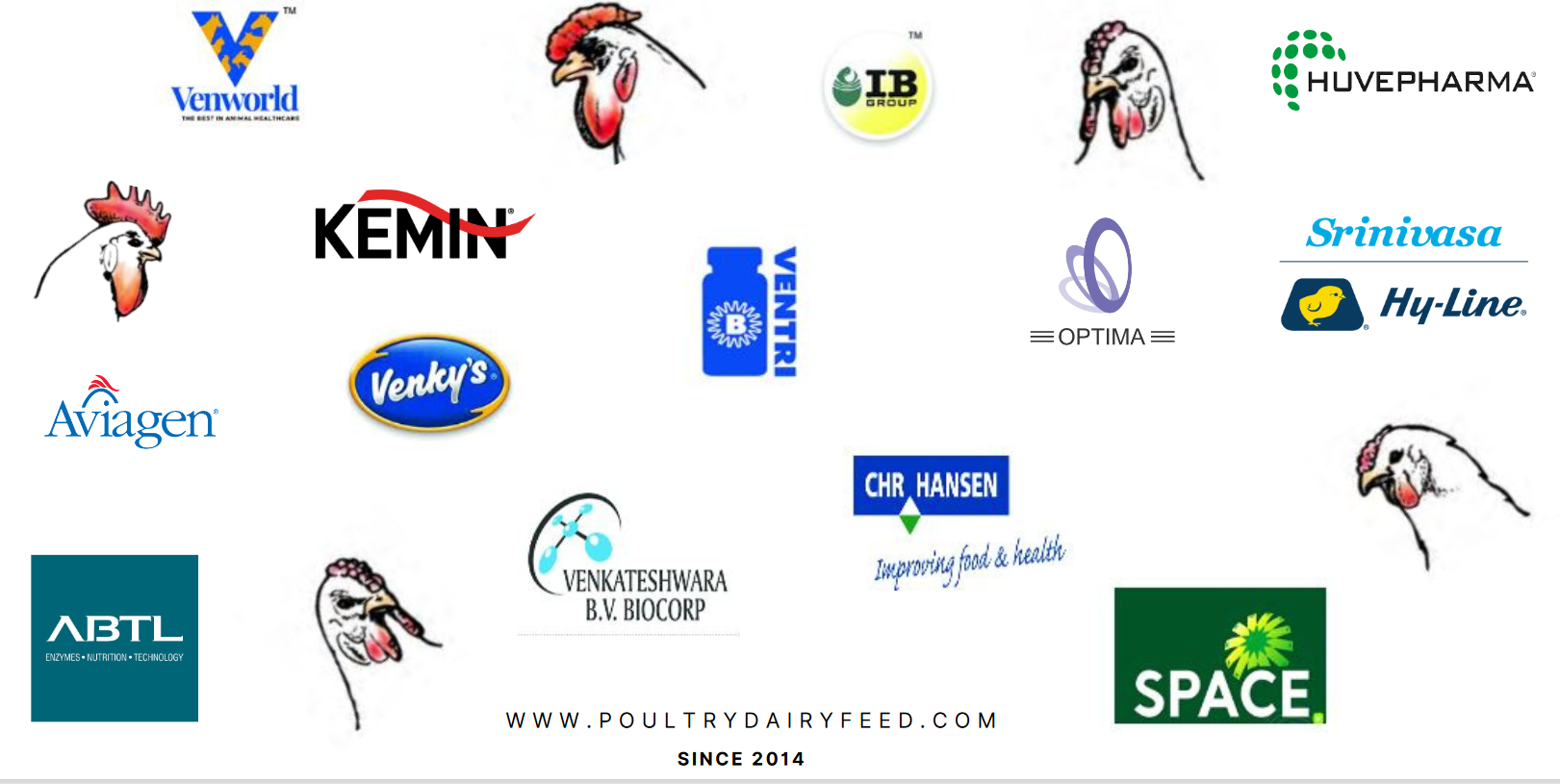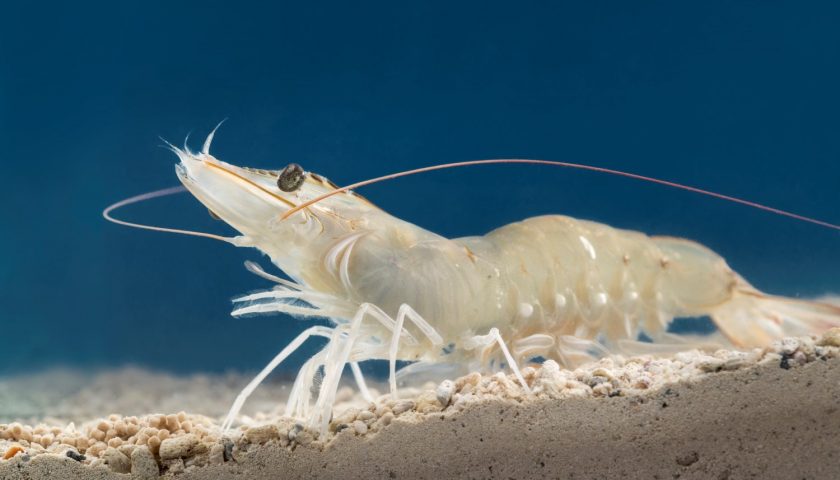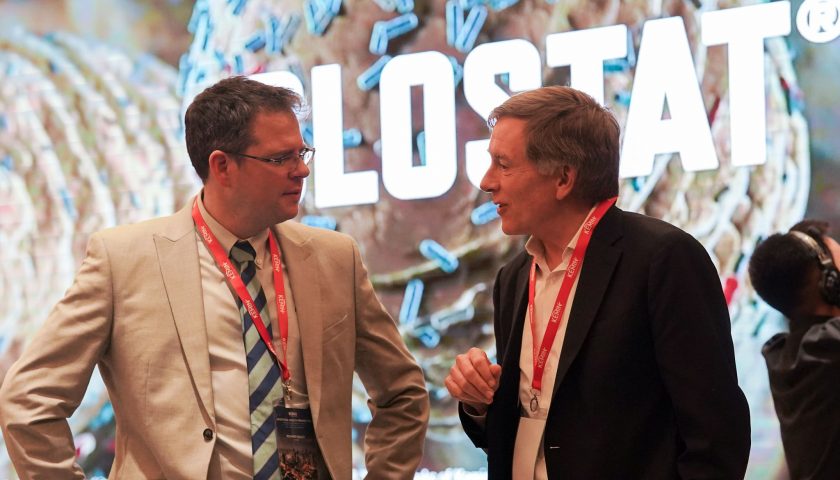A recent Rabobank report indicates that the global poultry market is slowly rebounding following a lackluster performance in the latter half of 2023. Several markets, previously plagued by oversupply and declining prices, have shown signs of improvement in local conditions during the first quarter of 2024. In most instances, these improvements have stemmed from production reductions aimed at restoring supply-demand equilibrium, which had been adversely affecting demand.
Nan-Dirk Mulder, senior analyst for Animal Protein at Rabobank, commented, “We anticipate a modest ongoing improvement in global markets. While price will continue to influence market demand, its impact will be less pronounced than in 2023, attributable to lower consumer price inflation and increased incomes.” This shift is expected to bolster demand for value-added poultry products, such as processed chicken and poultry concepts, as well as stimulate growth in the foodservice sector. Consequently, business opportunities in these markets are poised for recovery. Nevertheless, consumer price sensitivity will remain a critical factor, and maintaining market equilibrium amidst disciplined supply growth will be a primary challenge. Mulder added, “On a global scale, we project a growth rate of 1.5% to 2% for 2024, primarily driven by emerging markets in Asia, the Middle East, Africa, and Latin America. Growth in Europe, the US, and Japan is expected to be sluggish.”
Potential distribution complications pose a significant wildcard in the market outlook, stemming from geopolitical tensions in the Black Sea region, incidents in the Red Sea, and drought-induced water level fluctuations in the Panama Canal. With an increasing reliance on southern routes for rerouting, these challenges could disrupt global poultry trade and related inputs, resulting in heightened costs, supply delays, and limited container availability. Trade routes connecting Europe, Asia, the Middle East, and Africa are particularly vulnerable to such disruptions, potentially necessitating a shift towards regional trade or facing elevated costs and delayed supplies, especially for goods primarily sourced from a single region, such as feed additives, equipment, animal-health products, or specific poultry products tailored for the Middle East.
Mulder highlighted, “Regional trade flows in Asia, Europe, and the Middle East are expected to benefit from this situation, while traders serving these destinations may experience adverse effects.” Operational hurdles persist for producers, with fluctuations in feed costs posing challenges, particularly for regions like the Southern Hemisphere, India, and Indonesia, facing dry weather conditions during critical crop seasons. Conversely, regions like Brazil and Northern Hemisphere countries, including the US, the EU, and Russia, enjoy ample feed supplies and declining prices.
Continued vigilance against avian influenza (AI) remains imperative. AI risks are anticipated to shift to the Southern Hemisphere, prompting increased adoption of vaccines in more countries to safeguard the industry. Mulder cautioned, “Any outbreak in the southern regions of Brazil, especially within commercial flocks, could significantly impact global trade.” Notable attention will be directed towards AI risks in key exporting nations such as Brazil and Thailand, as outbreaks could disrupt global market conditions and trade flows.
Despite these challenges, global poultry trade is forecasted to align with demand growth projections, with processed poultry trade anticipated to gradually rebound following a subdued performance in 2023.





